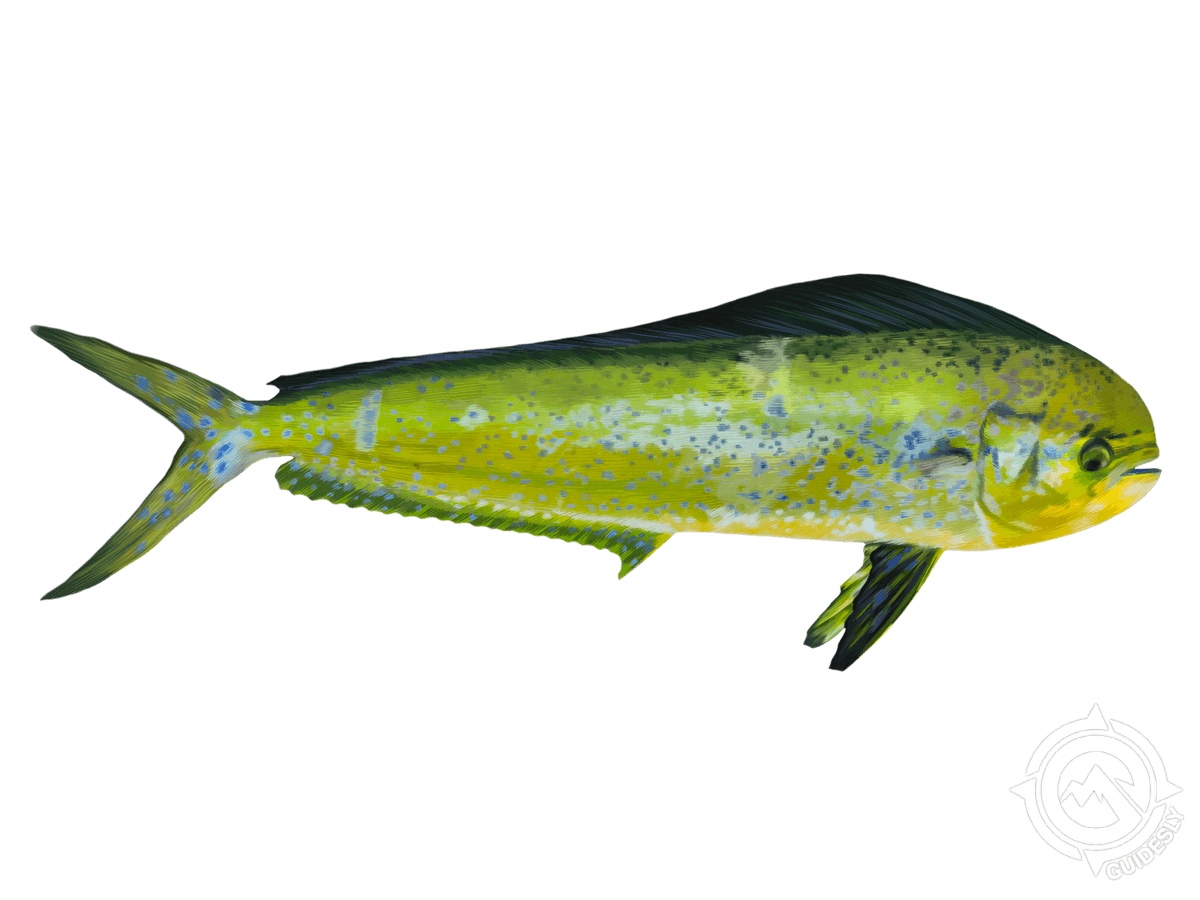Top-Rated 6-Hour Offshore Fishing in Atlantic Beach
- Published Date: July 16, 2025
- Fishing
- Atlantic Beach, NC
- $550 - $1,500 price range
- Updated Date: September 22, 2025
Summary
%2F%2Fusers%2F5a76dc68-8556-47e3-8785-f1b4597da54e%2Fratecard%2F7.jpg&w=1200&q=75)
Deep Sea Battles


Extended Half Day Fishing: Atlantic Beach's Best
Ready for some serious offshore action? Our 6-hour trip out of Atlantic Beach, NC is where it's at. We're talking big fish, deep water, and the kind of stories you'll be telling for years. Whether you're after a trophy Mahi Mahi or looking to tangle with a hard-fighting Amberjack, this is the trip that'll scratch that itch. Grab your buddies, pack some snacks, and let's hit the Gulf Stream for a day you won't forget.
What to Expect on the Water
Once we clear the inlet, it's go time. We'll run about 20-30 miles offshore to where the big boys play. Our captain knows these waters like the back of his hand, so we'll be on the fish in no time. We've got top-notch gear and electronics to put you on the bite. You'll be dropping lines, working lures, and hopefully reeling in some monsters. It's not uncommon to see flying fish, sea turtles, or even the occasional whale out here. The Gulf Stream is like its own world, and for 6 hours, you get to be part of it.
Techniques That Land Lunkers
Out here, we mix it up. We might start trolling for Wahoo or Mahi, dragging a spread of lures that mimic their favorite baitfish. If we mark some structure on the fish finder, we'll switch to bottom fishing for Amberjack or Grouper. You might find yourself vertical jigging one minute and fighting a topwater strike the next. It's all about reading the water and adapting. Don't worry if you're new to this – our crew will show you the ropes and have you fishing like a pro in no time.
Why Anglers Keep Coming Back
"Had the best time offshore with this crowd! Jam to music, swig some adult beverages, catch some fish- that's my kind of day!" - Miranda
Species You'll Want to Hook
King Mackerel: These speedsters are a blast to catch. They'll hit trolled baits hard and make blistering runs that'll have your drag screaming. Kings average 10-20 pounds but can get much bigger. Late summer and fall are prime time for these toothy predators.
Mahi Mahi: Also known as Dorado or Dolphinfish, these are the beauty queens of the ocean. Their electric blue and gold colors are stunning, and they're just as fun to catch as they are to look at. Mahi are acrobatic fighters, known for their aerial displays. They're most common in the warmer months and are often found near floating debris or weed lines.
Greater Amberjack: If you want a workout, hope for an Amberjack. These bruisers are like underwater linebackers. They live near reefs and wrecks and will test your strength and stamina. The bite is best in spring and fall, and landing a big one (they can top 100 pounds) is a real accomplishment.
Wahoo: Speed demons of the deep, Wahoo are one of the fastest fish in the sea. They're known for their initial run that can strip hundreds of yards of line in seconds. Wahoo meat is highly prized for its flavor. While they can be caught year-round, fall and winter often see the biggest specimens.
Albacore Tuna: These "footballs" are the smallest of the tuna family we typically encounter, but what they lack in size, they make up for in numbers and fight. Albacore are great eating and often travel in schools, so when you find them, the action can be non-stop. Spring and fall are the best seasons to target these tasty tuna.
Time to Book Your Spot
Look, if you're reading this, you're already halfway to having the time of your life out on the Atlantic. This isn't some leisurely cruise – it's a real deal offshore fishing adventure. You've got the chance to battle with some serious gamefish, make memories with your crew, and maybe even bring home some of the best-eating fish in the ocean. Our boat's dialed in, the crew's ready to put you on the fish, and the Gulf Stream's calling. Don't let this one slip away. Give us a shout, lock in your date, and get ready for some rod-bending action. The fish are out there – let's go get 'em!
Customer Review
Offshore Party Blast

Miranda Aleshire
March 31, 2025
Learn more about the species
Albacore Tuna
Albacore are the "longfin" tuna, known for their oversized pectoral fins. These compact powerhouses average 15-30 pounds but can top 80. Look for them in offshore waters, often in huge schools. Late spring through fall is prime time here. Albacore are prized for their hard fights and excellent eating quality. The meat's the mildest of all tuna - it's the only kind that can be labeled "white meat tuna." To target them, troll small lures or live bait behind the boat. Cedar plugs and feather jigs work well too. When you find a school, it can be non-stop action. A local tip: watch for jumping fish or birds working - that's often a sign of feeding albacore. Once you hook one, get ready for screaming runs and deep dives. It's a blast when you get into a hot albacore bite, and you'll go home with some of the best eating fish in the ocean.

Greater Amberjack
Greater Amberjack are bruisers that'll put your tackle and stamina to the test. These powerhouses average 30-50 pounds but can top 100. You'll find them around deep wrecks and reefs in 60-250 feet of water. Spring and fall are prime seasons as they move to shallower waters. AJs are prized for their bulldogging fights - they'll try to break you off in the structure below. The meat's good too, with a firm texture great for grilling. To target them, drop live bait or large jigs near the bottom around structure. Be ready for a freight train hit and immediate dive. Use heavy tackle - 50-80 pound gear isn't overkill. A local tip: when you hook one, get it moving up fast or it'll bury you in the wreck. It's a true test of angler versus fish when you're locked in battle with a big AJ. Just be ready for sore arms the next day!

King Mackerel
King Mackerel are hard-fighting fish that'll give you a run for your money. These sleek predators typically range from 20-40 pounds and can hit speeds of 50 mph. Look for them in waters 30-150 feet deep, often near reefs or wrecks. They love warm water, so summer and early fall are prime time. Kings are popular for their acrobatic jumps and blistering runs. The meat's good eating too, with a rich, firm texture. To boost your chances, try slow-trolling live bait like blue runners or menhaden. Keep your bait near the surface, and be ready for explosive strikes. When a king hits, let it run for a few seconds before setting the hook. These fish have razor-sharp teeth, so wire leaders are a must. It's an awesome fight when you hook into a big smoker king - they'll test your gear and your skills.

Mahi Mahi or Common Dolphinfish
Mahi Mahi are a blast to catch and even better to eat. These colorful fish average 15-30 pounds but can top 50. You'll find them in blue offshore waters, often near floating debris or weed lines. Summer and early fall are peak seasons here. Mahi are known for their acrobatic jumps and hard runs. They're also one of the prettiest fish you'll see, with electric blue and green colors. The meat is mild and delicious - perfect for grilling. To target Mahi, troll rigged ballyhoo or small lures around floating structure. When you spot a school, cast live bait or jigs their way. These fish are curious, so keep one hooked up to draw in the whole school. A local trick: if you see frigate birds diving, there's a good chance Mahi are feeding below. It's an exciting fishery - you never know when you'll stumble into a big school of these hard-fighting, great-eating fish.

Wahoo Fish
Wahoo are the speed demons of the ocean. These sleek torpedoes can hit 60 mph and average 30-50 pounds, with some topping 100. Find them in blue offshore waters, often near drop-offs or floating debris. Late summer and fall are prime time here. Wahoo are prized for their blistering runs and aerial acrobatics. The meat's excellent too - mild and firm, perfect for grilling. To target them, troll at high speeds (12-15 knots) with lures like bullet heads or plungers. Use wire leaders - their razor teeth will slice through mono. When a wahoo hits, it's like hooking a freight train. They'll peel off hundreds of yards in seconds. A local trick: if you see one jump, slow down and work the area. Where there's one, there's often more. It's an adrenaline rush when a big 'hoo screams off into the distance with your line singing.

%2Ffit-in%2F250x250%2Fguide_websites%2F4762%2Fimages%2Fscotty.png&w=1200&q=100)
%2Fusers%2F5a76dc68-8556-47e3-8785-f1b4597da54e%2Fimages%2Fspectacular-saltwater-fishing-nc-2659.jpg&w=768&q=75)
%2Fusers%2F5a76dc68-8556-47e3-8785-f1b4597da54e%2Fimages%2Fbest-great-fishing-nc-2722.jpg&w=768&q=75)
%2Fusers%2F5a76dc68-8556-47e3-8785-f1b4597da54e%2Fimages%2Fbest-great-fishing-nc-2725.jpg&w=768&q=75)
%2Fusers%2F5a76dc68-8556-47e3-8785-f1b4597da54e%2Fimages%2Ffishing-adventure-north-carolina-2674.jpg&w=768&q=75)
%2Fusers%2F5a76dc68-8556-47e3-8785-f1b4597da54e%2Fimages%2Fanglers-fishing-atlantic-beach-2631.jpg&w=768&q=75)
%2Fusers%2F5a76dc68-8556-47e3-8785-f1b4597da54e%2Fimages%2Fangler-fishing-nc-2599.jpg&w=768&q=75)
%2Fusers%2F5a76dc68-8556-47e3-8785-f1b4597da54e%2Fimages%2Fthree-king-mackerel-nc-fishing-2707.jpg&w=768&q=75)
%2Fusers%2F5a76dc68-8556-47e3-8785-f1b4597da54e%2Fimages%2Fsuccessful-fishing-trip-nc-2678.jpg&w=768&q=75)
%2Fusers%2F5a76dc68-8556-47e3-8785-f1b4597da54e%2Fimages%2Fbluefish-atlantic-beach-2722.jpg&w=768&q=75)
%2Fusers%2F5a76dc68-8556-47e3-8785-f1b4597da54e%2Fimages%2Ftwo-king-mackerel-atlantic-beach-2919.jpg&w=768&q=75)

Had the best time offshore with this crowd! Jam to music, swig some adult beverages, catch some fish- that’s my kind of day!